This is a little different from my other photobashes in that this one can’t really pass as a postcard. I ended up having so many things to include in the topic of flood-compatible cities that the only way to fit them all was to keep expanding the canvas. I think I have enough for a second picture (and possibly a third), but we’ll get to what’s missing in a moment.
So awhile back, I stumbled on to this discussion on reddit about what solarpunk might look like in a wetland area (and what it'd mean for cities built in wetlands). I very much believe that solarpunk will look radically different based on location, with infrastructure, routines, fashion, etc, being carefully tailored to fit climate, local weather, and the available materials, so this really caught my attention.
That discussion lead to this one, and this one, then this one as well as this conversation back over there plus several good chats on the Fully Automated and Solarpunk Hub discords.
I received a ton of awesome input which I genuinely couldn’t have made this without. Thank you! Most of the ideas here came from those talks. Even when people disagreed with each others’ suggestions, I tried to include them in the scene if I could make them fit.
The basic idea is for this to be a city that expects to be flooded regularly. One where, if the water rises a few feet seasonally, everything stays basically the same, and if a huge storm rolls in and swamps the whole area, people grumble about it, but can mostly still go about their day (using things like elevated walkways). The lower portions of buildings are used for third place activities that can be packed up and removed when forecasts predict bad weather (like marketplaces) or which use sturdy, permanent structures which can be hosed clean later.
There’s an argument to be made that the best answer to building cities in swamps is the simplest: don’t do it. And if you’ve failed that step, then you shouldn’t rebuild when whatever you build inevitably gets flooded.
I think there’s a lot of reasons to push back on that. Most major cities are already built on waterways or on the coasts due to the value of those locations for shipping and industry. Some are already below seal level, others are likely to be in the future as climate change worsens. These places house millions of people, they represent home, historical legacies, and preserving them helps preserve the cultures and communities of the people who live there. Lots of cities are looking for answers to rising water, and I’d love to see what solarpunk versions look like.
Sponge city tactics came up a lot in our discussions but we struggled to find ones that fit for a city (like New Orleans) which are at least partially located below sea level. If I expand the image to the left, I think I can definitely include a few, but generally, the water needs somewhere to go.
That said, I think this scene fits a tight shot of a much larger take on sponge city tactics of slowing water and absorbing it where possible.
Our current society has spent a lot of resources on straightening rivers for shipping and building dams and levees to shunt extra water downstream, to make it the next town’s problem, rather than suffer floods themselves. Farmers don’t want their fields washed out or polluted with debris so they build more levees and so on and so forth.
I think a solarpunk civilization might accept on some level that rivers are going to meander, they’re going to rise seasonally, and they’re going to flood the flood plains they’ve always washed over, and it might build with those expectations in mind. A solarpunk setting might adjust itself to coexist with the weather and floods rather than use huge infrastructure projects to try to keep them away.
The admittedly thin backstory I’ve got in mind is that this was a city which frequently flooded, and where some of its lowest areas (possibly mostly abandoned already due to uninsured damages and unlivable conditions near the collapse) were ceded to the water but not surrendered altogether. People built some structures higher than the water is likely to reach, and everywhere else, they float on it in boats, float houses, or even large rafts which contain small neighborhoods. They farm locally using floating gardens, hydroponics, Chinampas, and more. This isn’t a pristine wetland that’s been colonized, but a flooded neighborhood which has been partially rewilded.
I pulled in a few different living-with-water concepts in for this one:
- The lifted buildings are an upscaled version of the lifted houses you can find all along the US Gulf Coast, intended to survive storm surges and floods during hurricanes.
- I based the covered upper walkway on the iron lace balconies found on some buildings in the New Orleans French Quarter. It’s not quite the ‘correct’ use of the design, since they don’t traditionally span from building to building, but I thought it’d be a nice reference. The goal here is that if the area really floods, and the ground level is unsafe to traverse, people still have a way to get around. For safety purposes, I figure each building needs a ladder on each road to access the upper level in an emergency. For accessibility, I included frequent, standardized elevators and 15 degree ramps.
- I used this amphibious bus design because it looked more municipal than the DUKW style duckboats many cities have for recreational purposes. Credit to Cromlyngames for suggesting this idea (and then making this 3d model about it). I suspect the amphibious design would be harder to maintain than a normal bus because of the sealed hull, but perhaps some of the efficiencies and practice that come with a larger, standardized fleet would help.
- Dutch-style floating houses (these exist all over the world but I referenced dutch ones while making this scene). These are just meant to be towed into place and parked. Unlike the houseboats which are more boat than house and can travel as they want.
- A Bangkok-style water bus – the idea is that the flooded zone is likely somewhat shallow, with deeper waterways intended for transit between neighborhoods of floating houses, large rafts supporting small neighborhoods, and through rivers and canals in the dryer parts of the city. If I do another scene, I’ll try to include a transfer station where passengers can switch between boat and an elevated train.
- Waterways with restored eelgrass for manatees. I wanted to show some of the work that’s been done restoring rivers in the US south.
- Chinampa agricultural system (farming on artificial islands) this is a pretty ancient farming practice from Mexico and Central America, which is still in use in some areas, and I’m still learning about it. I’ve done my best to get the scale and composition of the design correct. Some of the trees might be a bit overlarge, but they wouldn’t be planted very densely.
Other notes/elements included:
- There’s a Savonius wind turbine attached to one of the dolphins (poles) for the dock. I imagine this probably isn’t supposed to be there, since it could get in the way during a high flood, but perhaps there’s not much enforcement or its the subject of a disagreement.
- Awnings and porches to shade windows and balconies and buildings. The simple solutions work.
- The hospital in the background would need to be able to operate during a flood, and to have water access (possibly via canals) so that people with only boats can access it quickly, in addition to road access.
- The climbing wall probably isn’t ideal, as you’d want open spaces between the pillars if the flood will have a current. This was kind of an art decision - I needed a type of tall, narrow third place to include that would demonstrate its use even with the bus in the way and that seemed like the best option I could think of. Climbing walls are often made with wood frames and plywood – this one would have to be able to survive submersion, so perhaps it’s made from thick sections of recycled plastic or something similar. My other plan was just some trees, to show that it was a park, but that wasn’t as clear.
Speaking of third places, here’s some other ideas we had for third places you could have under these buildings. Presented in no particular order:
- Tide pools and natural landscape features
- Parks
- Dog Parks
- Meeting rooms
- Lecture spots (could double as a bring-your-own-movie movie theater)
- Squash courts
- Playground (depending on the design)
- Planetarium?
- Speaker’s corners
- Booths for food trucks or downstairs seating for a lifted cafeteria
- Parkour course
- Roller rink
- Laser tag/paintball arena
- Fresh water reserve tanks (firefighting, heat sinks, municipal cleaning as well as last reserve drinking water post major floods
- Possibly storage for flood-tolerant stuff like scaffolding
Things I’d like to include next time:
- Floating neighborhoods in the style of the floating islands of the Uros on Lake Titicaca (this would take a fair bit of space and a lot more reading)
- A transfer station where passengers can switch between boat and an elevated train
- Amphibious emergency vehicles
This image, like all the Postcards from a Solarpunk Future, is CC-BY, use it how you like.






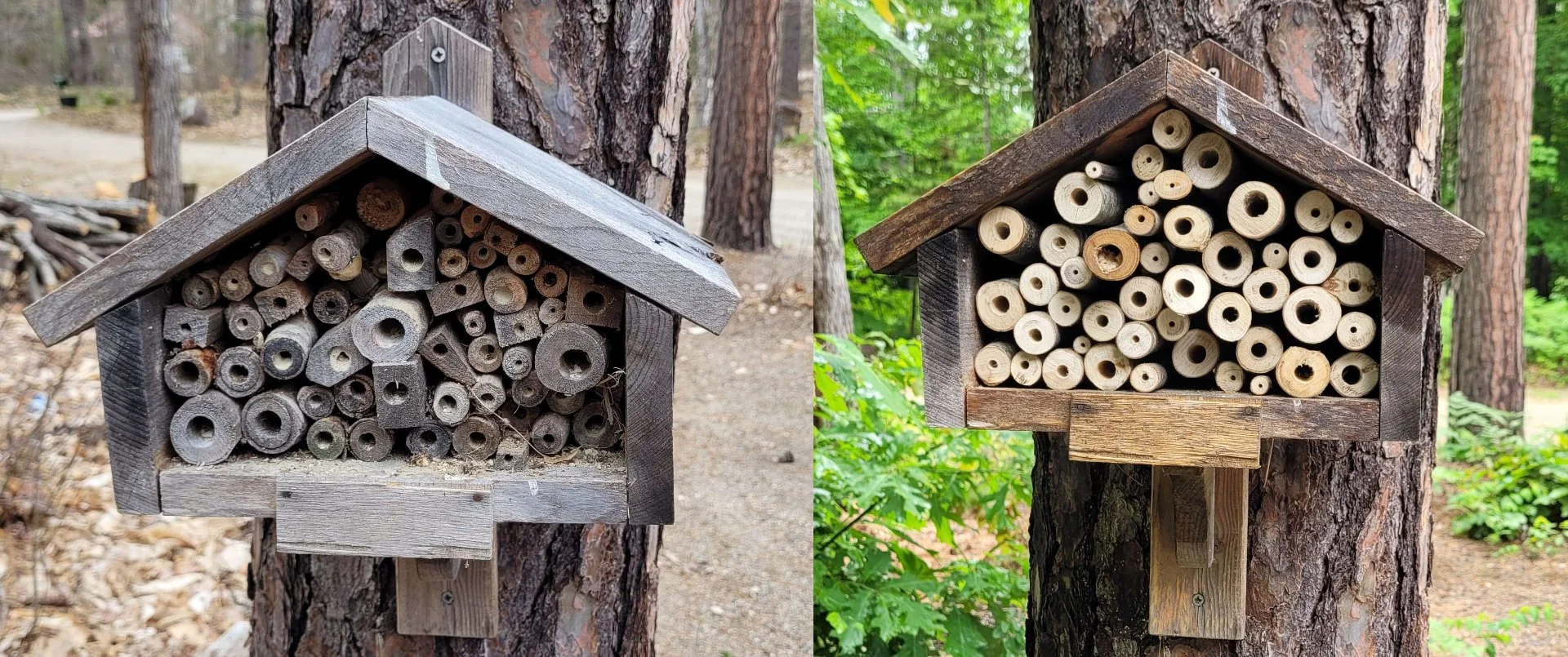
 (One pile of many)
(One pile of many)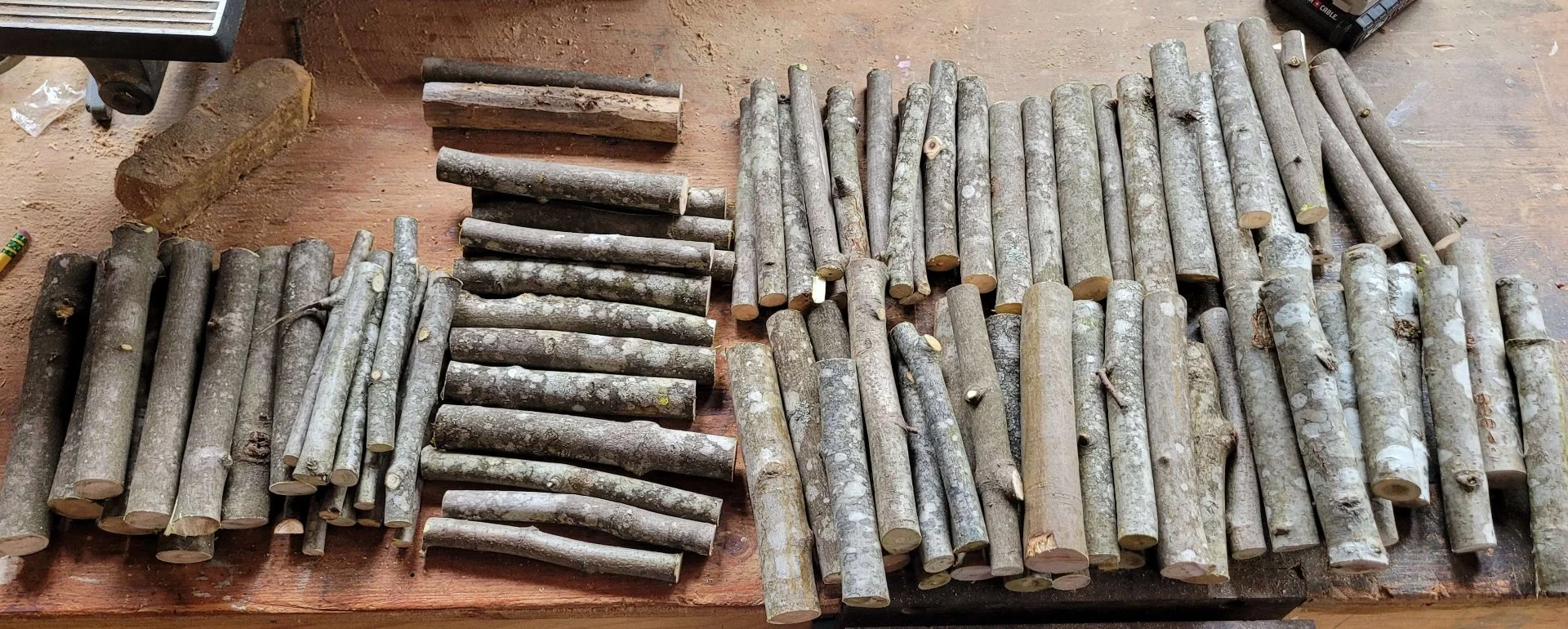

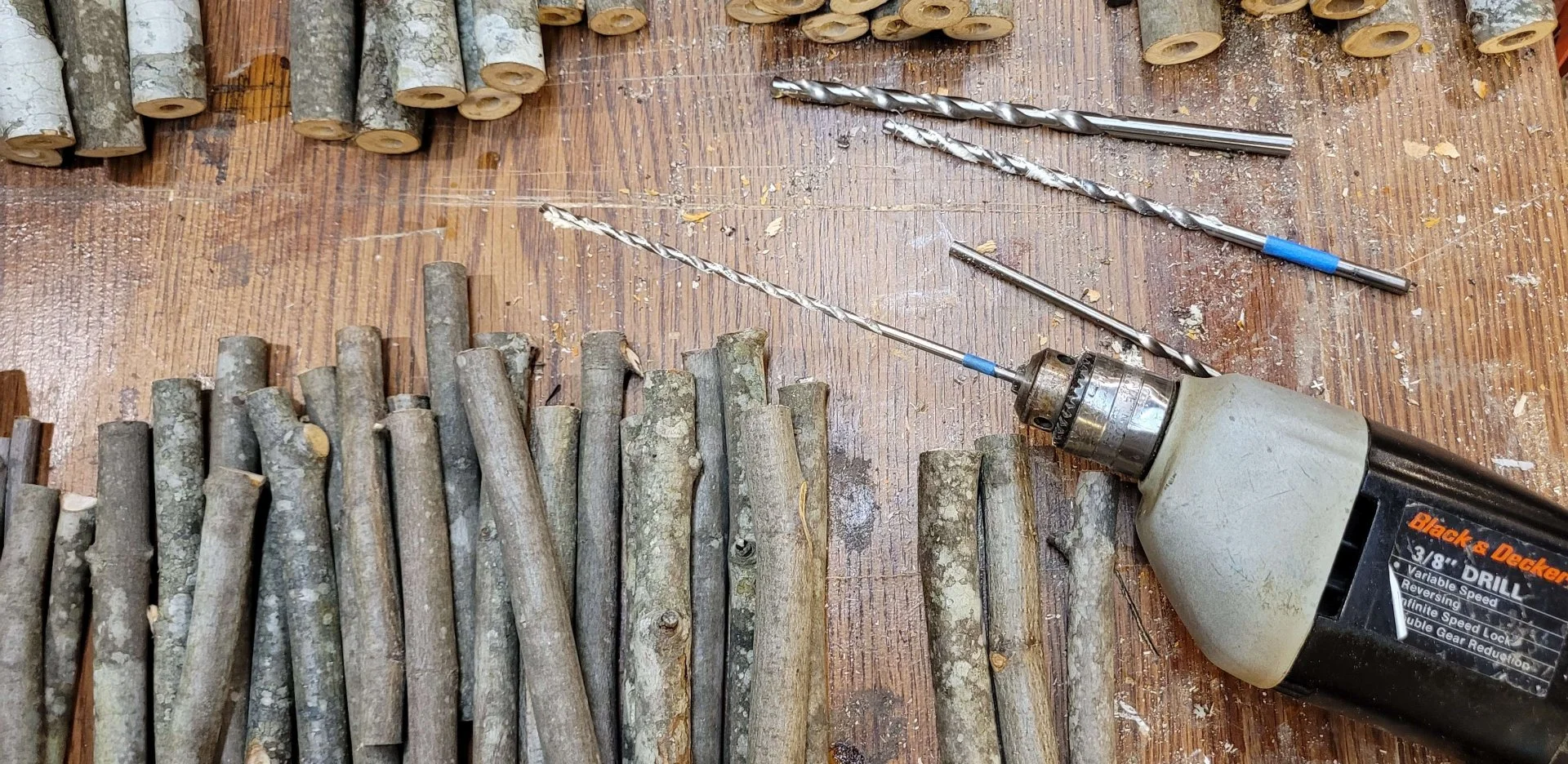
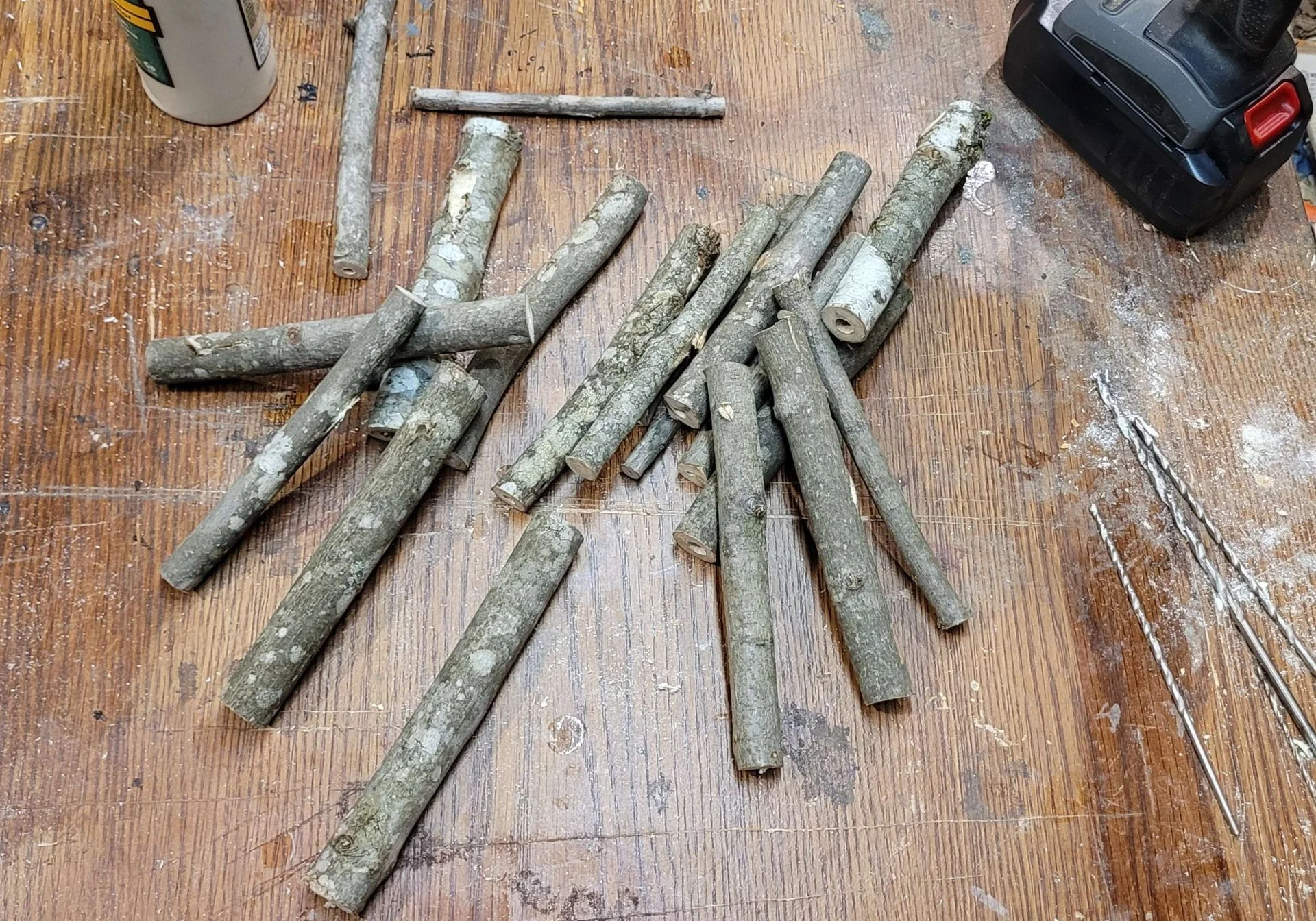
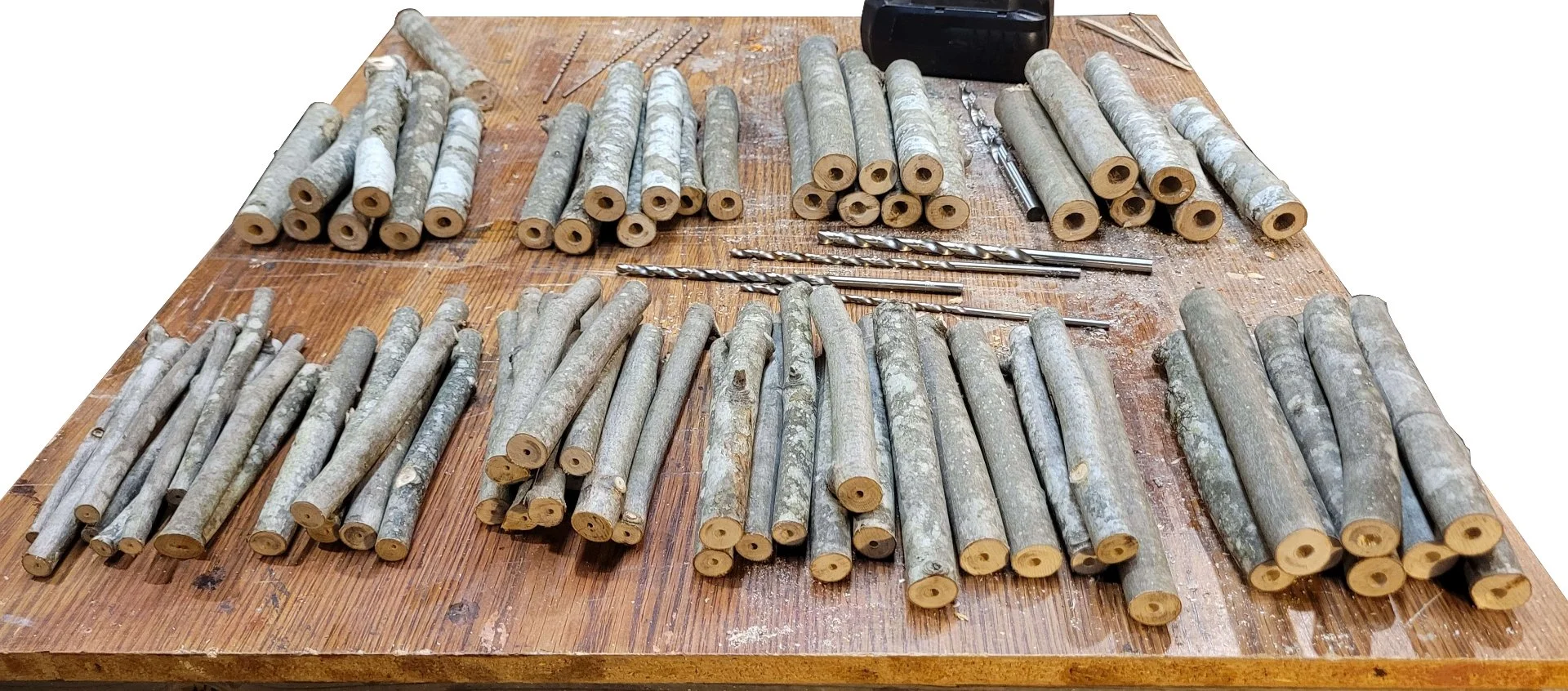


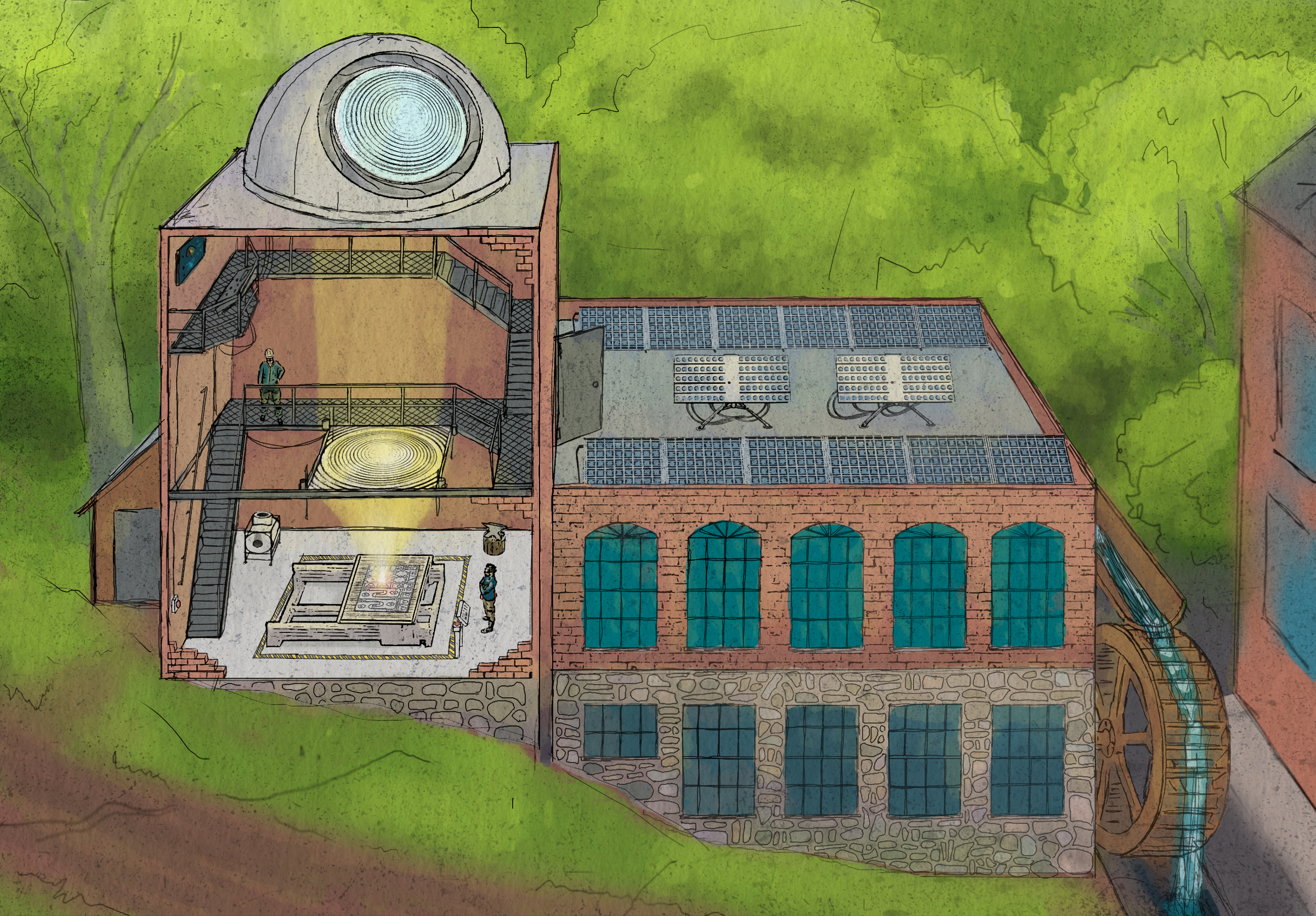





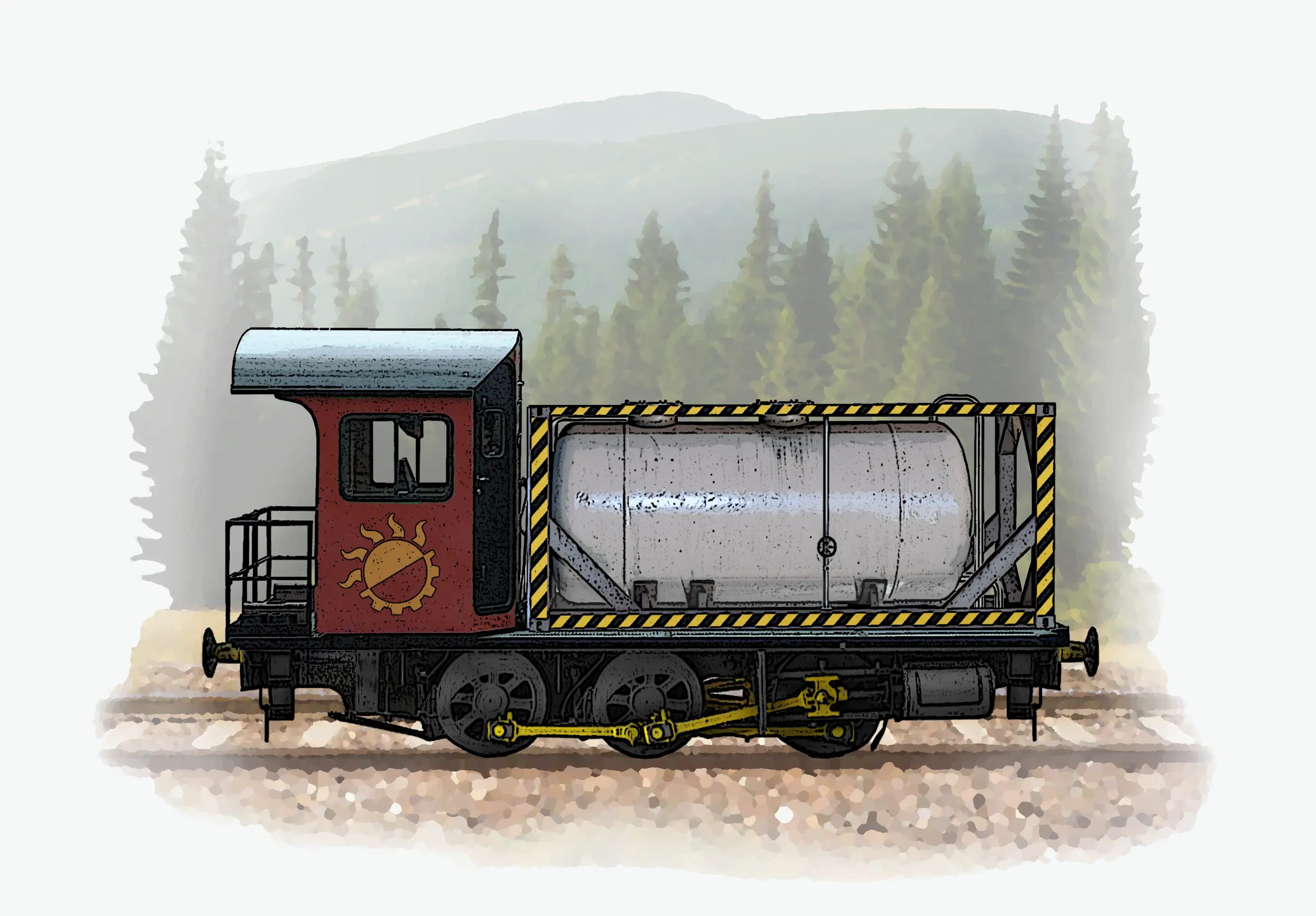
GraphineOS seems to set the benchmark for secure de-googled android phones and has a very short list of supported devices. I think I'd suggest starting with one of those, and once support eventually drops, if you're comfortable with a reduced security capability, looking to lineageOS or similar. I think if Graphine supports a phone, it's pretty much guaranteed to have support on the more general OSs.
For a while I looked at ruggedized smartphones (some with removable batteries!) that were supported by lineageOS and others. I didn't find one I was convinced would hold up as long as I wanted, and I had security concerns so I ended up getting a decent secondhand phone with guaranteed security support for a few years and putting it in a good case.
Sometimes I check in on various raspberry pi smartphone projects. I love the idea and think it'd probably be able to last the longest (or be turned into something else after an upgrade) but I don't think any feel reliable enough to me yet.